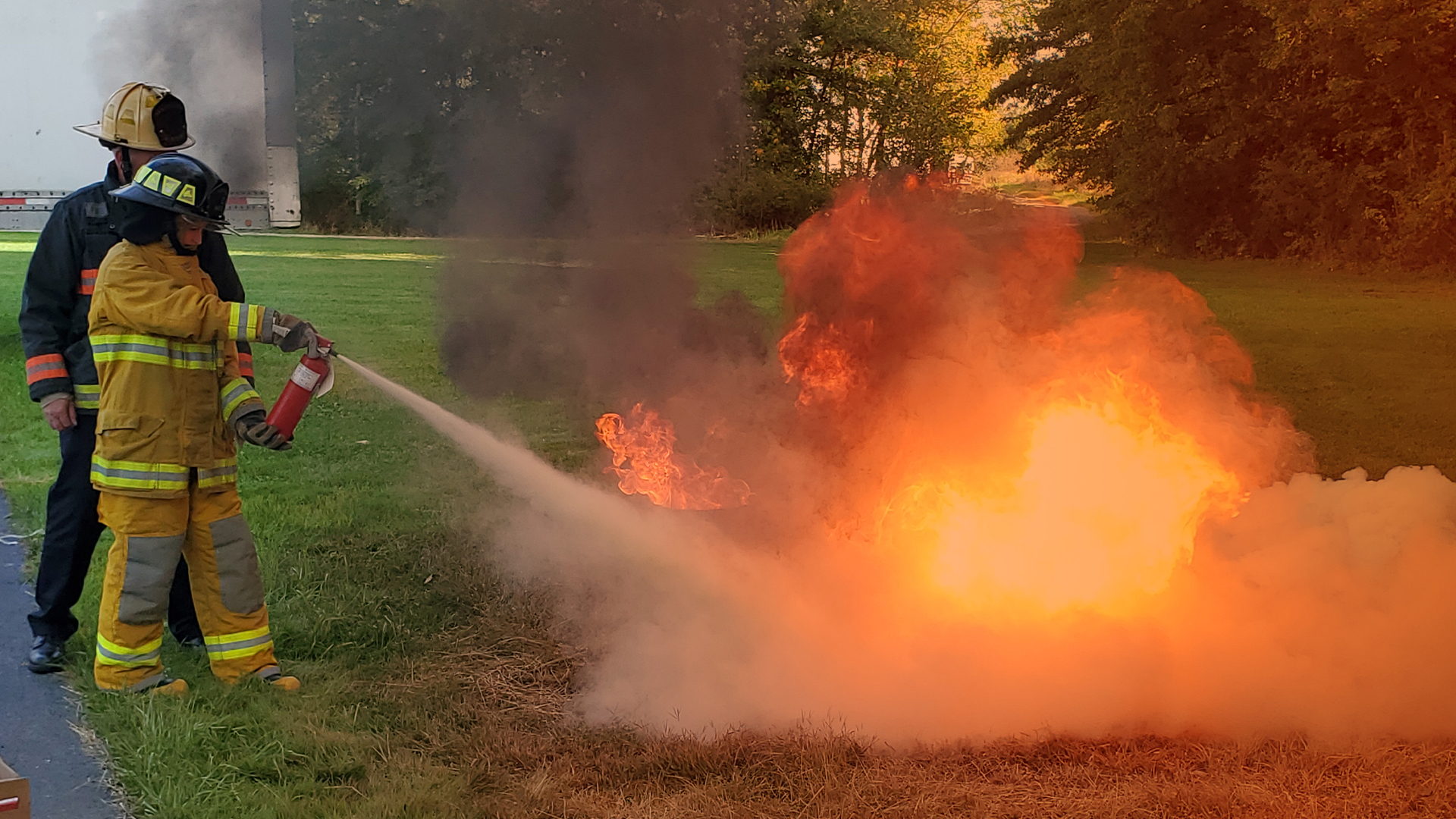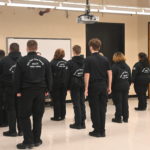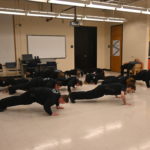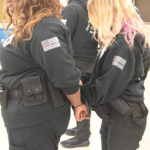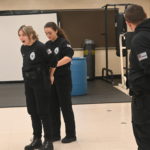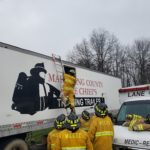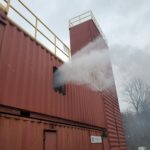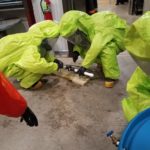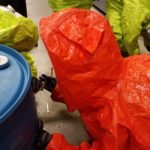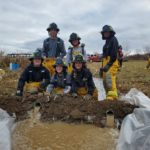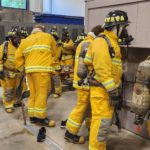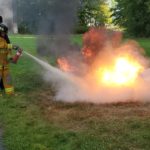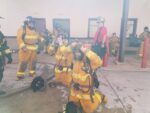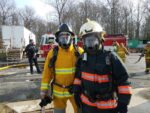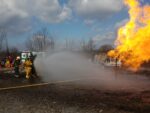Public Safety
Students will learn law enforcement terminology, classifications and elements of crime, and how various court systems are used to judge and punish offenders. Private Security is an ever-expanding industry that requires trained professionals that can detect, deter, and investigate crime. Students will learn self-defense and subject control techniques, methods to conduct patrols, surveillance, and traffic procedures. The student will learn the role and responsibilities of a correctional officer including processing inmates, maintaining security in a correctional setting, and understanding inmate mental health needs.
Students will analyze and practice skills outlined in the Ohio Department of Public Safety Fire protection and Ohio Emergency Medical Services rules and regulations in preparation for the Firefighter I & II curriculum and EMT licensure. Students learn the history of firefighting, ground operations, fire science, fire suppression, use of protective equipment, rescue equipment, tools, and appliances. Students will apply knowledge by training with fire equipment, live-fire exercises, and practicing a variety of rescue situations. Students will apply knowledge and skills to advanced training in fire suppression, fire science, rescue, equipment, tools, appliances, and hazardous materials operations. Students who successfully complete this course at a chartered institution will be eligible to take the National Registry Exam for Ohio EMT certification.
Students in this program will learn:
- The importance of the history, organization, and functions of local, state, and federal law enforcement
- Students will have the opportunity to sit for the OPOTA certification exam as a private security guard
- Students will be prepared to work in a correctional setting and learn the roles and responsibilities of a correctional officer
- Report writing, traffic investigation, and law enforcement
- Crime scene investigation and processing
- Students will learn self-defense and subject control techniques, methods to conduct patrols, surveillance, and traffic procedures
- The foundational concepts of firefighting safety and emergency medical services
- Students learn the history of firefighting, ground operations, fire science, fire suppression, use of protective equipment, rescue equipment, tools, and appliances
- Students will train with fire equipment and practice a variety of rescue techniques
- After completion of Firefighter 1 students will apply their knowledge to another level in preparation for their Firefighter 2 test
- Students will assess, diagnose, and treat a variety of illnesses and injuries in the process of providing pre-hospital care to provide life-saving first aid
College Connection
Public Safety Higher Education Options
Graduates can continue on to either a two-year associate degree or a four-year bachelor’s degree in criminal justice, with a focus on either police science/police administration or corrections, offered at Youngstown State University and Kent State University. Because of age and education requirements in most public security areas, a three- or four-year delay is likely before you can legally become a public peace officer. Your MCCTC Criminal Justice education can also help you specialize in security, intelligence, or police work in the armed forces.


